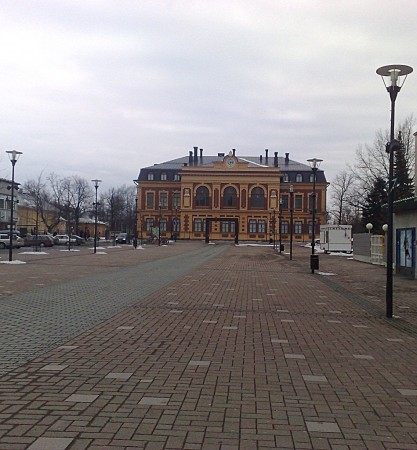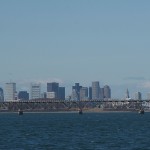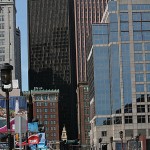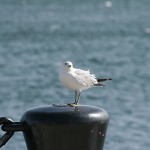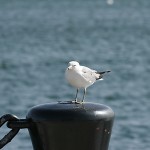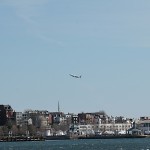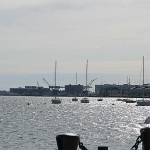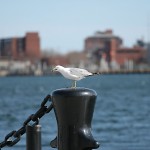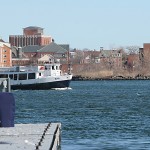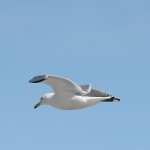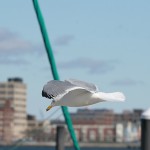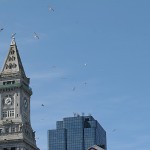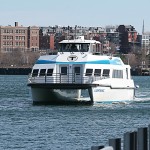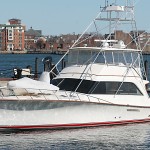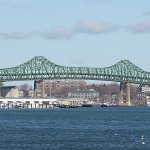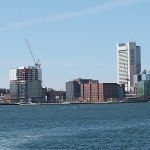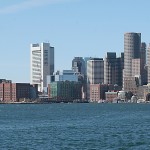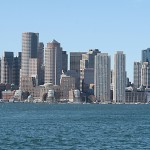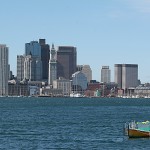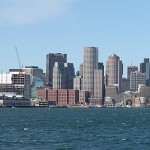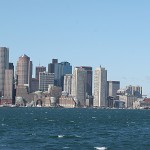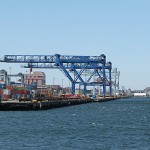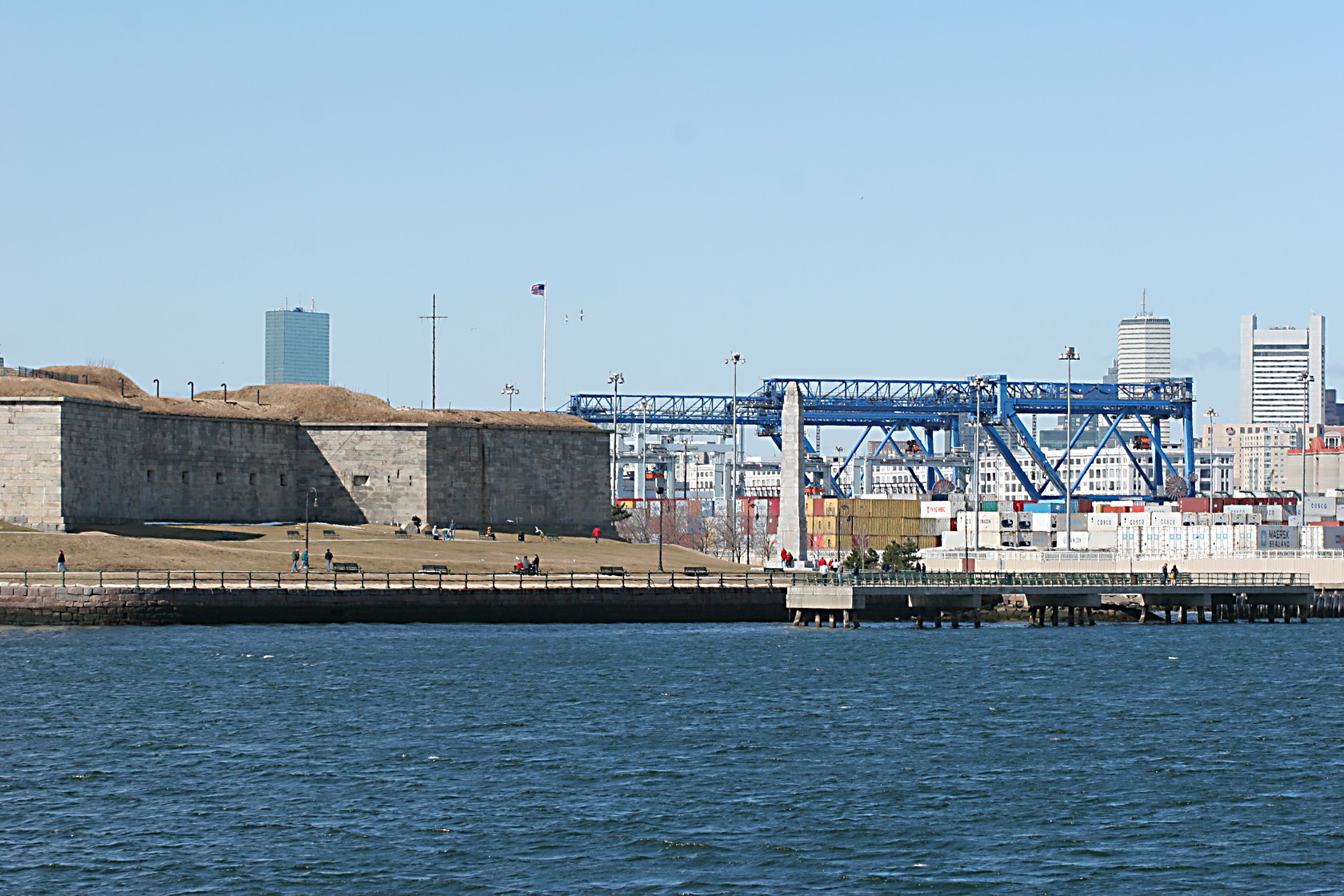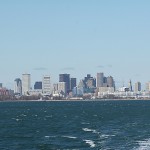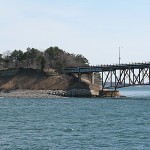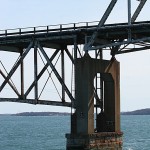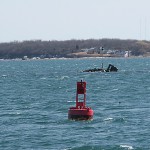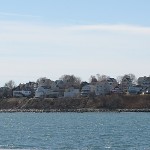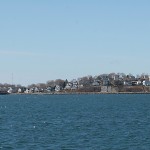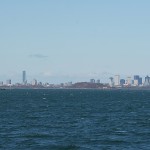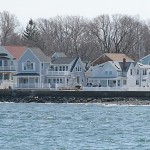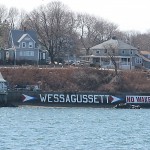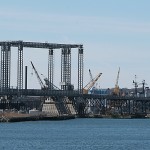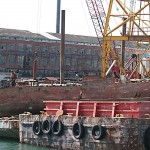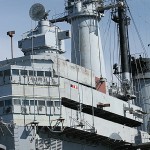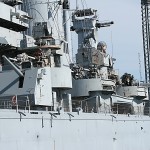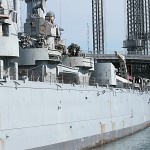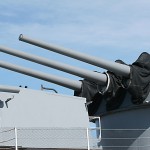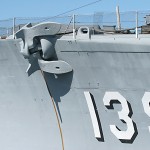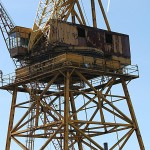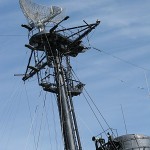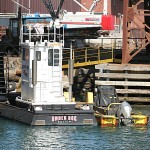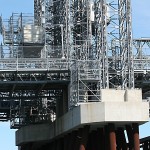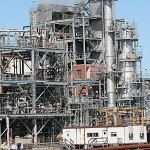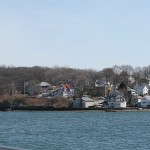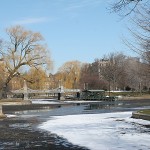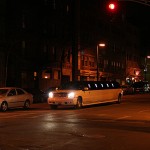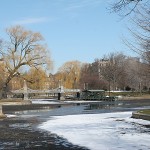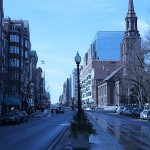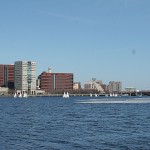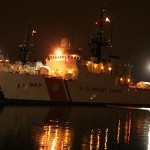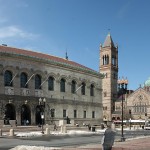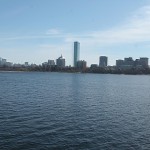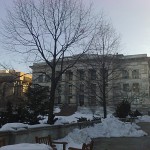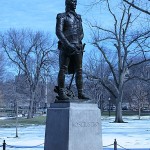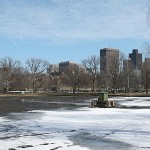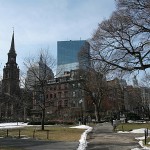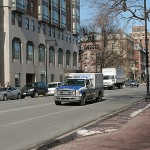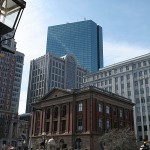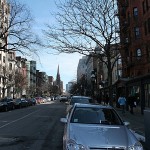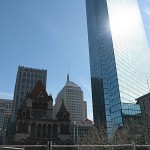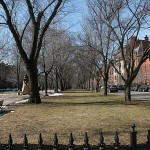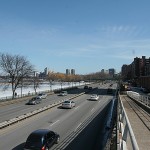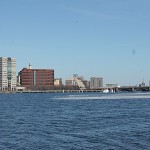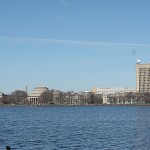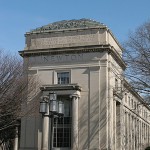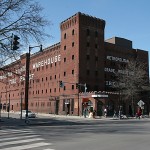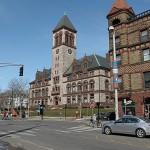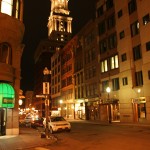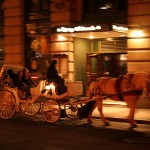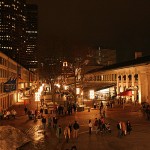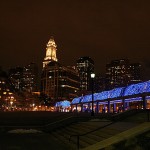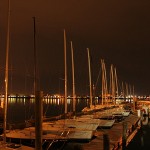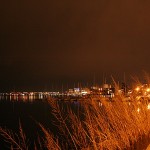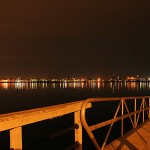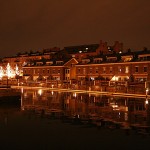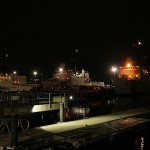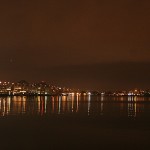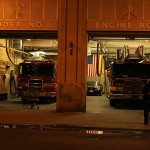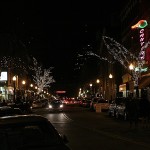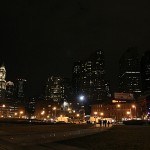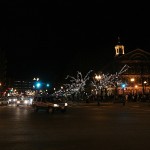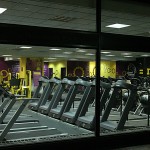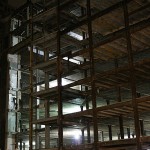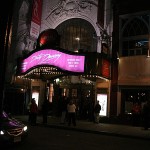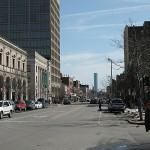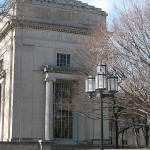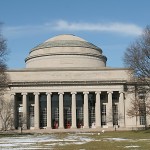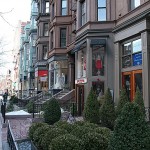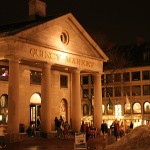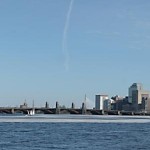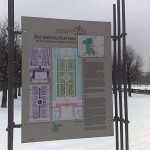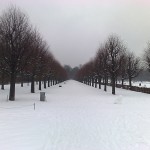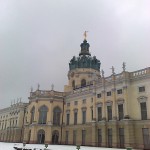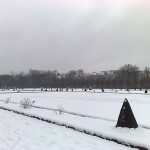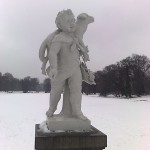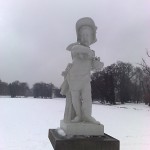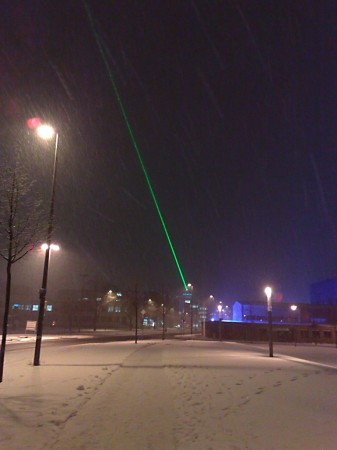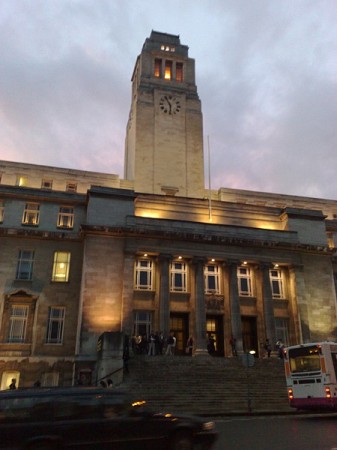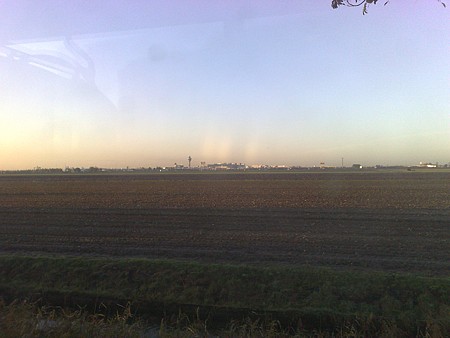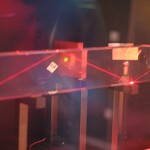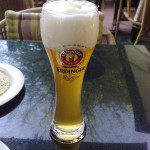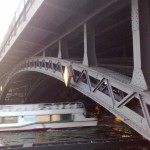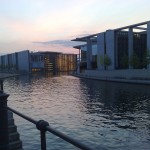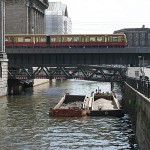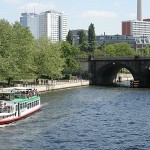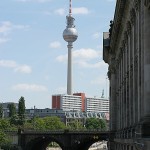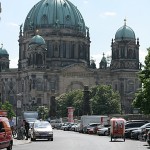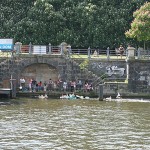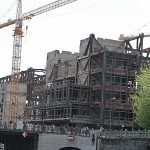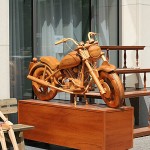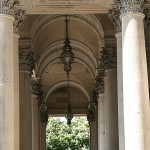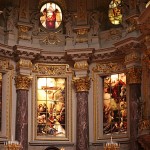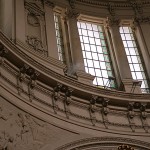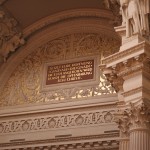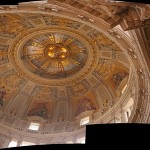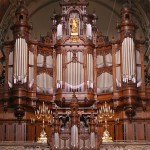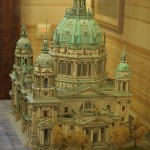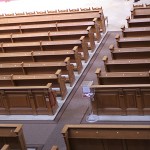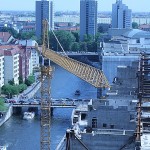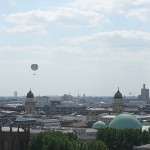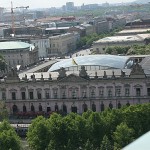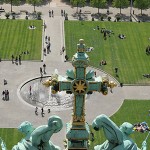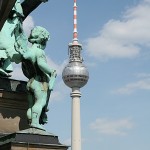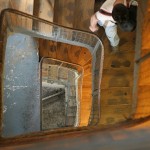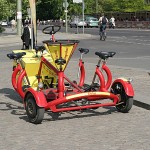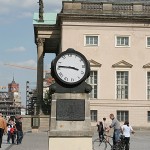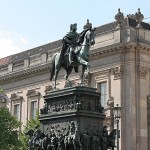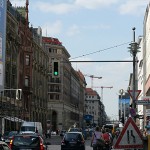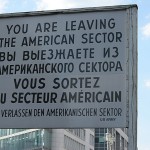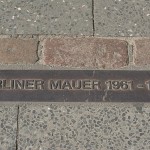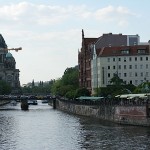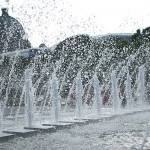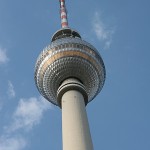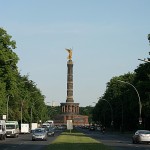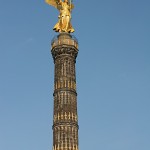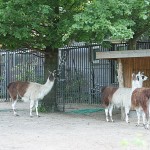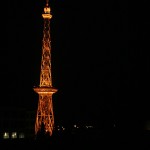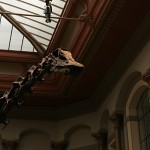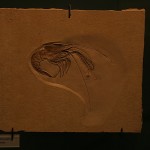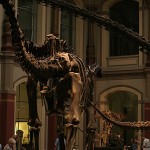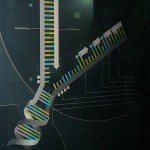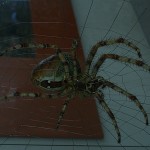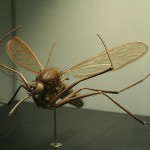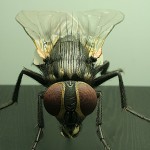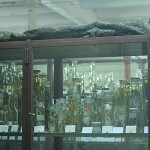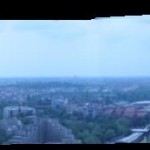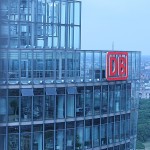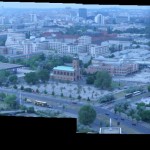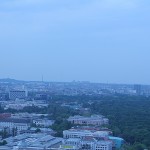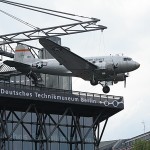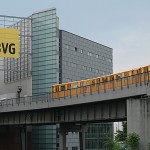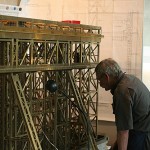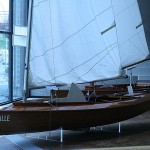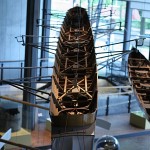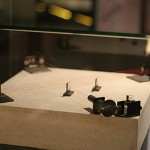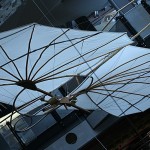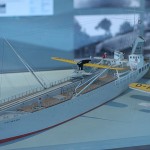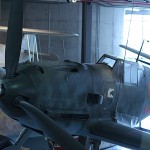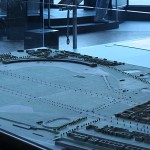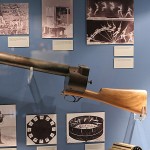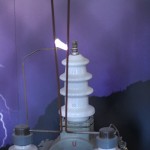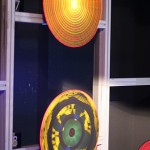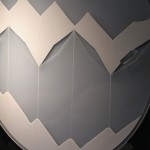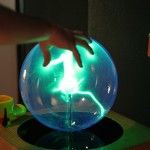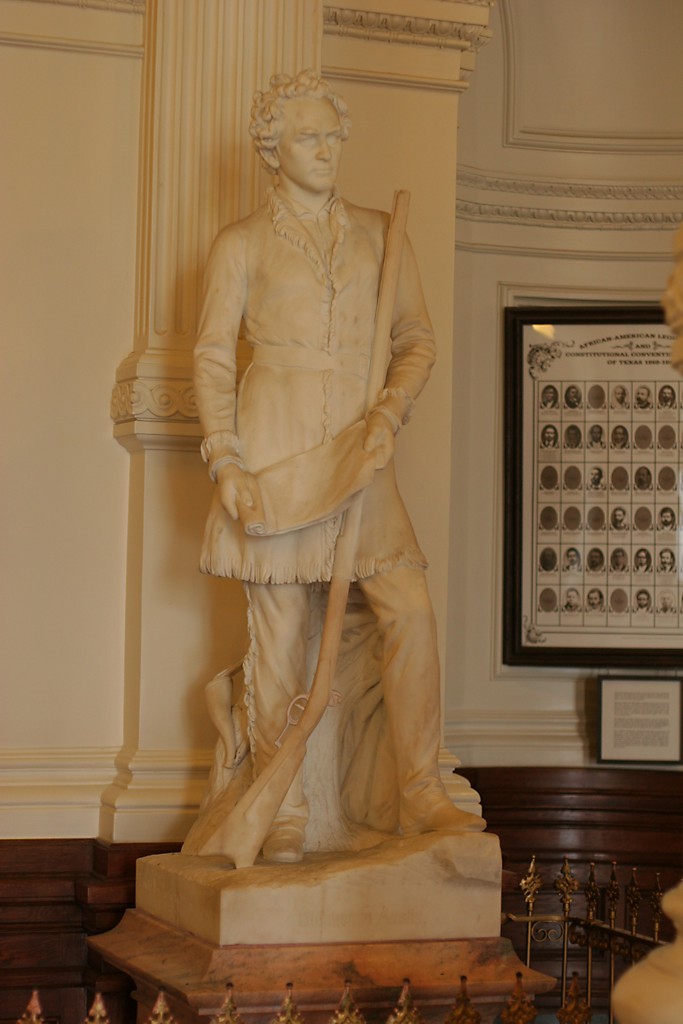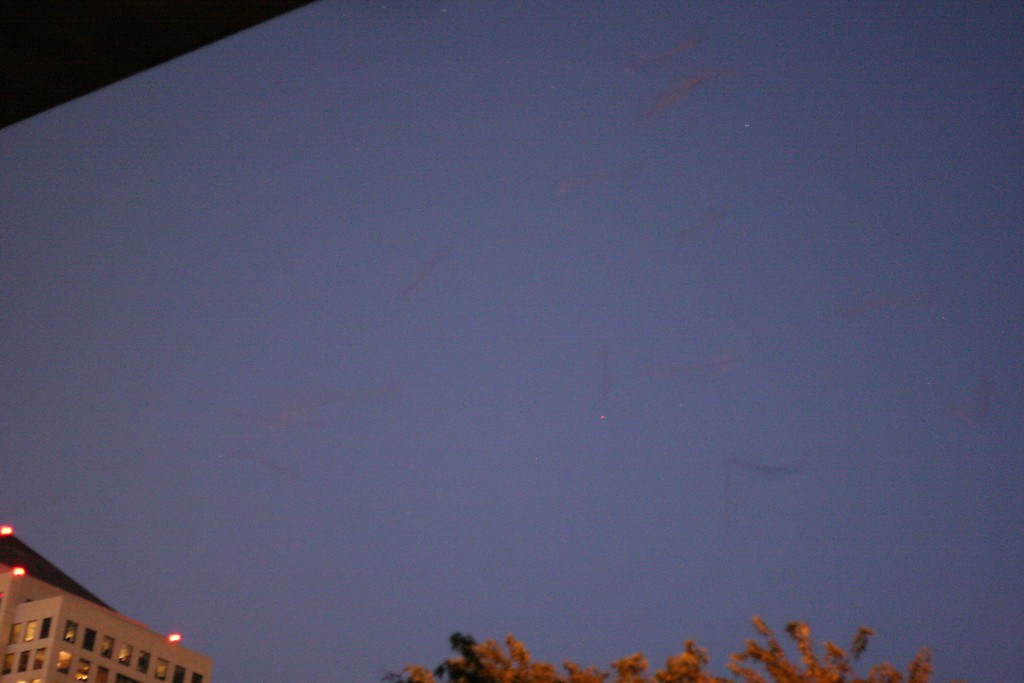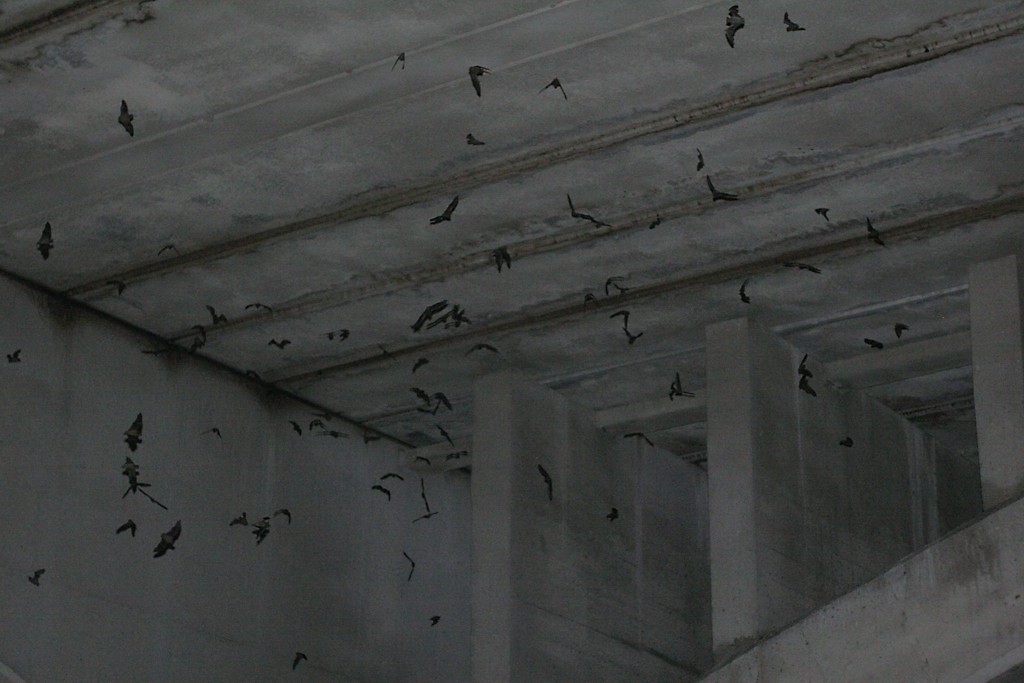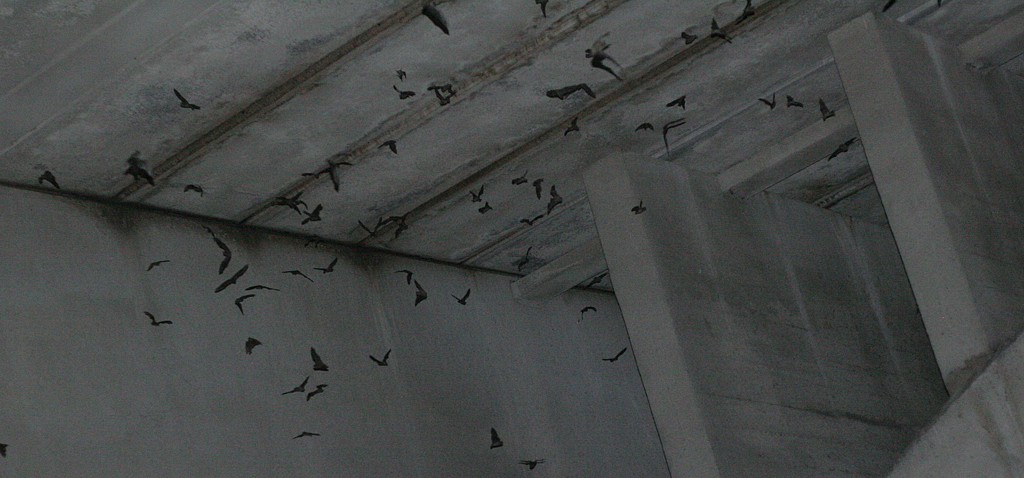4:30 wake up, 5:15 taxi to airport, 6:15 plane to Joensuu, 7:05 arrive. Work. 19:25 plane home. 21:00 at home again. A long day, much coffee was needed.
Category: Travel
Boston from the sea
Part of the excellent public transport in Boston is a boat from Long Wharf which goes south down to Quincy. A nice way of seeing Boston from the sea, and part of the islands outside the city.
Boston, Massachusetts
Berlin pictures
Some Berlin pictures (the Charlottenburg palace and gardens) I found in my phone from two weeks ago.
Green laser in Berlin
There's a seriously cool green laser on top of a Siemens building in Adlershof in Berlin.
Countries visited
visited 17 states (7.55%)
Create your own visited map of The World or try another Douwe Osinga project
Leeds, Yorkshire
I've spent the week in Leeds looking three single-molecule fluorescence microscopes (FCS a.k.a. fluorescence correlation spectroscopy, ALEX a.k.a. alternating laser excitation fluorescence spectroscpy , and TIRF a.k.a. total internal reflection fluorescence microscopy).
Flying back to Helsinki with KLM took close to 24 hours since I missed my connecting flight (due to KLMs late incoming aircraft in Leeds) and had to stay an extra night at Schipol...
Three days in Berlin
JPK Instruments hosted a one-day Optical Tweezers meeting in Berlin on Thursday. We heard 9 talks and looked at about 30 posters, one of which was mine. As I had not been to Berlin before I reserved a day and a half for looking at the city and its attractions.
Public transport works very well in Berlin. With one ticket you get to ride the S-Bahn (trains), the U-Bahn (underground), and Strassenbahn (trams). They're all on time, fairly fast, and not too crowded. In addition you get to see the nice train stations, some from 1880 or so.
The pictures are from Berliner Dom (note numbered seats. Ordnung muss sein!), the Museum fur Naturkunde (see all those species you never knew existed), and the Deutches Technikmuseum Berlin and Spectrum (the latter was more fun with all kinds of hands-on experiments).
The Mauermuseum at Checkpoint Charlie was interesting, but presented so much pictures, text, and newspaper clips that it was hard to stay focused towards the end.
This is the first time I'm using the WordPress gallery feature. It seems to work although right now the ordering of the pictures is a mystery to me. How do you like it?
San Diego, California

I'm in San Diego for the SPIE Optics & Photonics meeting. More specifically Kishan Dholakia and Gabe Spaldning put together the Optical Trapping and Optical Micromanipulation IV conference, where I was the last (but not least?) speaker. Overall the meeting has a dual character with a lot of technical content (like lens- or mechanics-design, CCD/CMOS imaging, etc.) but also a strong academic following with 'plasmonics' and 'nanobiotronics' being the buzzwords of the month. Supposedly the attendance is around 5 000 persons, but it felt less crowded than the Biophysical Society meetings (3 - 4 000 people), maybe because people were spread out over many more sessions.
Travelling via JFK my baggage was delayed about 36 h, but otherwise the trip went fine.

Austin, Texas
I spent four days in
The Texas State Capitol building is - as any Texan will quickly point out to you - slightly taller than the US Capitol in
Inside you are greeted by two of the fathers of
The Lone Star of Texas inside the Capitol dome.
A machine used to punch holes in checks.
The senate meets in this room, recently restored to its original look. They're pretty effective at law-making, since they only meet for 140 days every two years.
Senators sit at these nice desks – over 100 years old. No electronic voting here...
The Texas State Museum does not allow photography, so no pics from there. They have three floors of exhibits with the varied and interesting history of Texas. They also had a temporary space exhibition with some big rocket engines on display in addition to text, pictures and videos from NASA missions.
Then on to the bats! They live under the Congress avenue bridge, and come out just after sunset. Above sunset over town lake as viewed from the bridge.
The bats attract a lot of tourists and on-lookers, both on the bridge and under it.
Some more people waiting for the bats to come out. The photo looks much brighter than it actually was (photo taken sometime around 20:45 I think).
I had never photographed flying bats before, so the results were varied. First I thought I would stand under the bridge and shoot the black bats against the dark-blue sky. Well without flash that didn't work at all. Even at F/1.8 aperture and ISO3200 the exposure time is much too long to stop movement. With good eyes and a bit of imagination you can maybe see some bats in the above picture.
It works much better with flash! Shutter speeds of 1/50 or 1/100 nicely stops motion, and focusing was the only problem. I shot everything using manual focus since auto-focus didn't work. I forgot the camera in ISO3200 mode and fixed aperture of F/1.8, which might not have been the ideal settings with flash...
Here's another one from under the bridge.

From the top of the bridge you get closer to the bats, but that also means that the manual focusing gets a lot more sensitive.
This is perhaps the best one of them all. I had a 4 Gb card in the camera and shot over 100 bat pictures, but a lot of them were de-focused, had motion blur or something else wrong with them. If someone has more experience with this type of photography, please do comment below!
These are all with the ‘plastic fantastic’ Canon EF 50/1.8 II, the only lens I travelled with since I wanted to save some weight. Excellent sharpness and coulor at times, but a bit long for some shots. My EF 17-40/F4L would have been more versatile, but also heavier and perhaps not as good for the night photos… Maybe I need a shorter prime-lens too?
NIWeek went well. NI showed some cool new products and technologies. I definitely now need a multi-core machine for the new LabVIEW 8.5 which supports multi-threading! It's really a company that wants to listen to its customers and actively improve products. Also, the paper I co-authored for the NIWeek Paper Contest got selected as one of nine Category Winners - so that was good.
